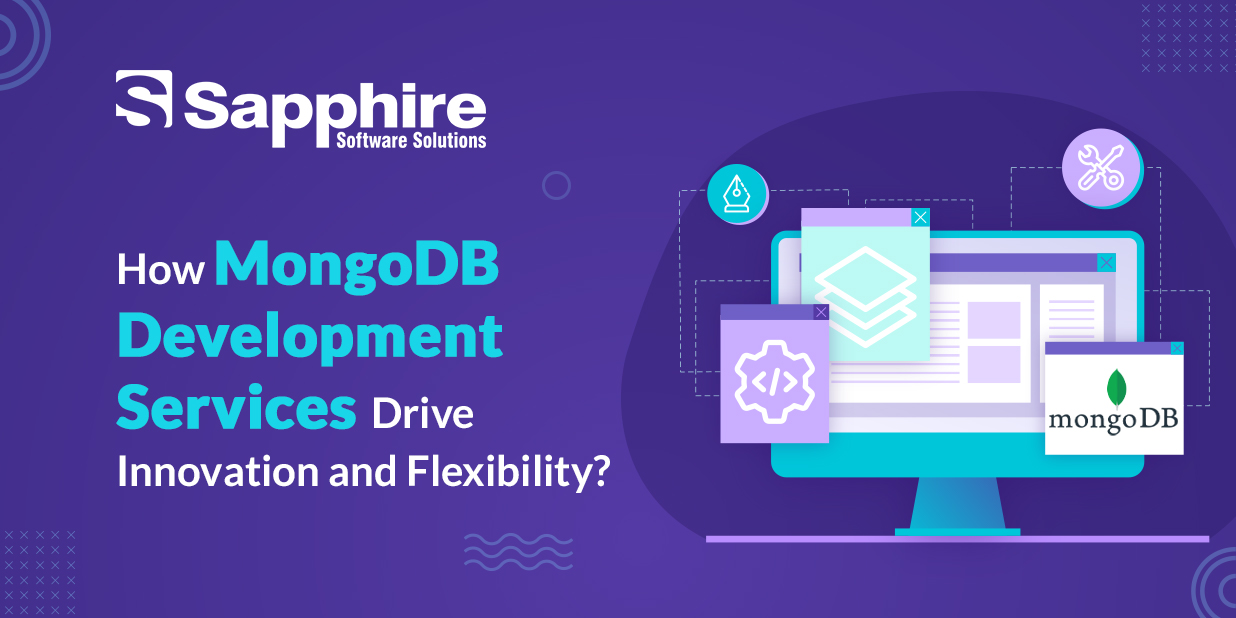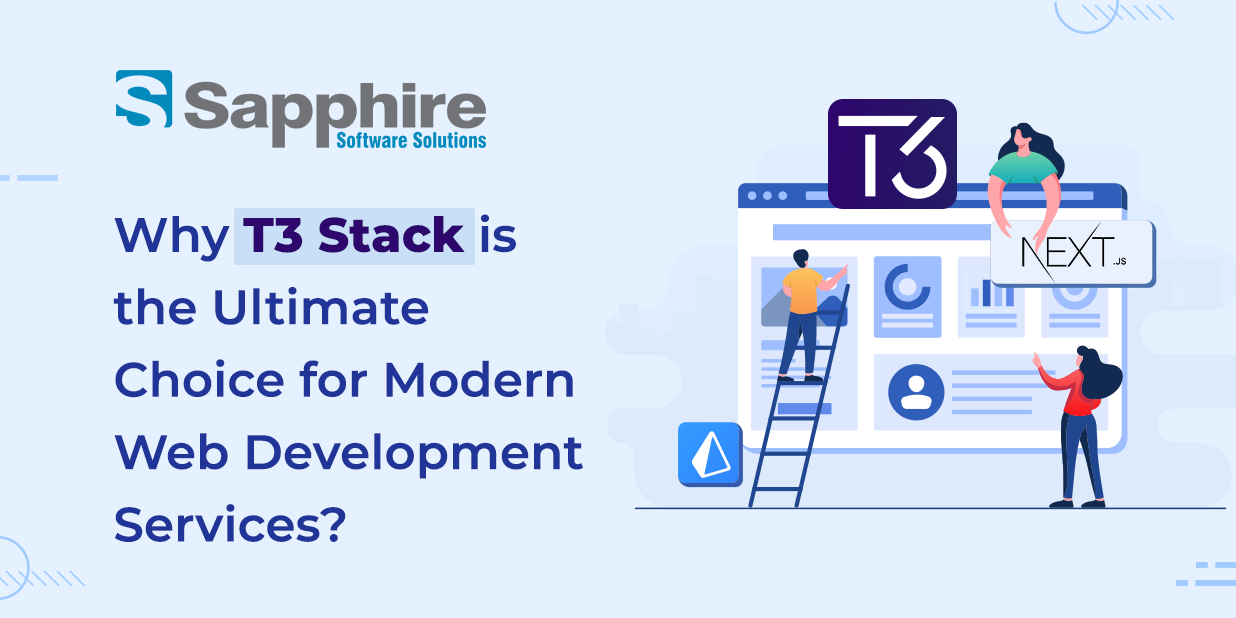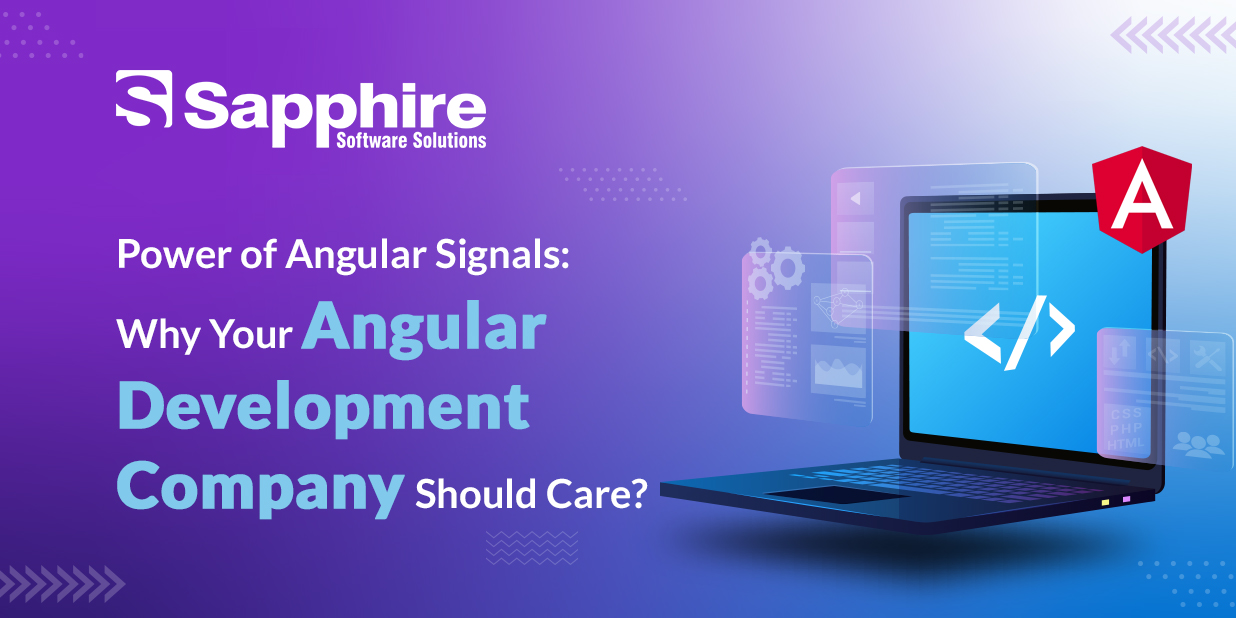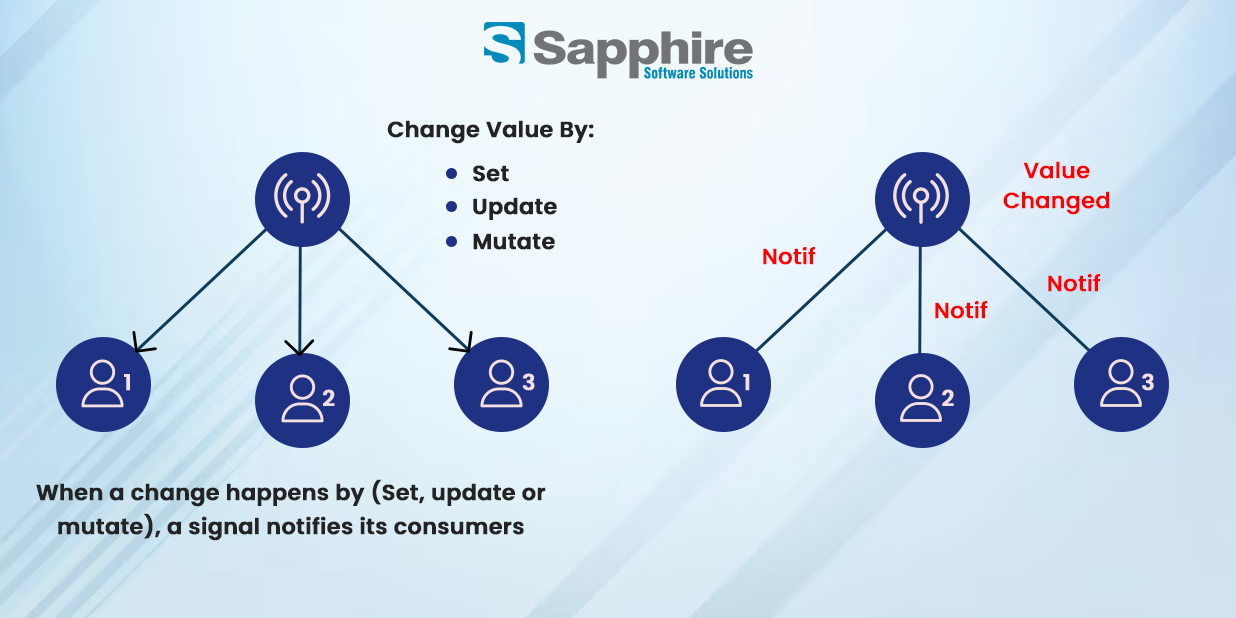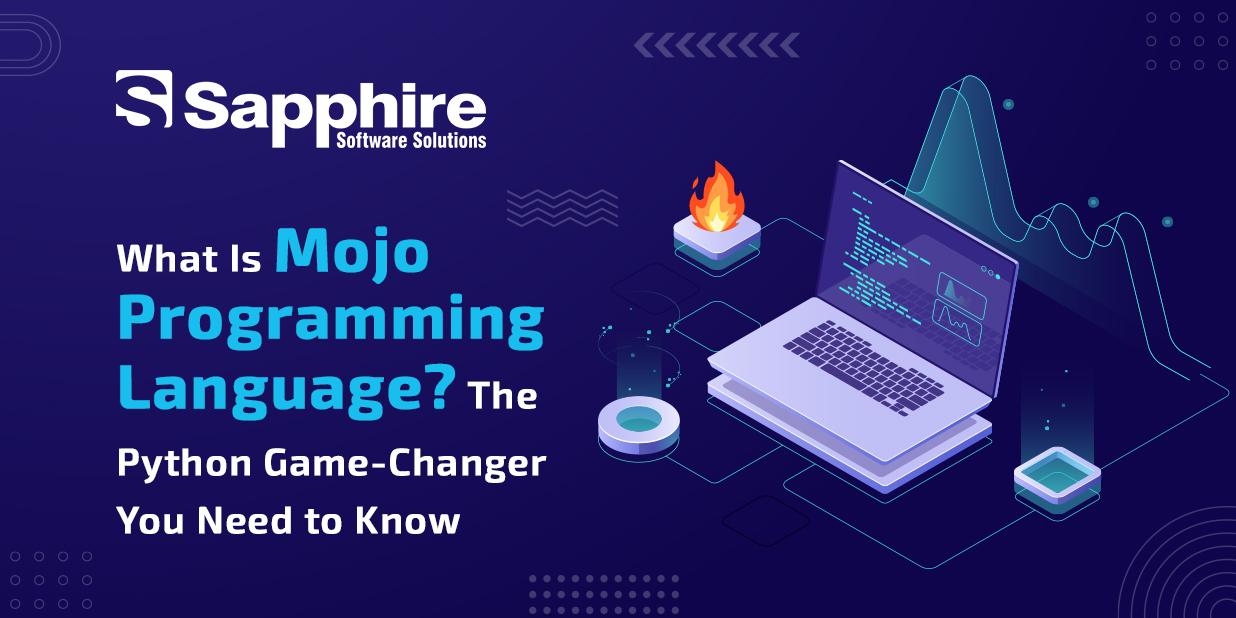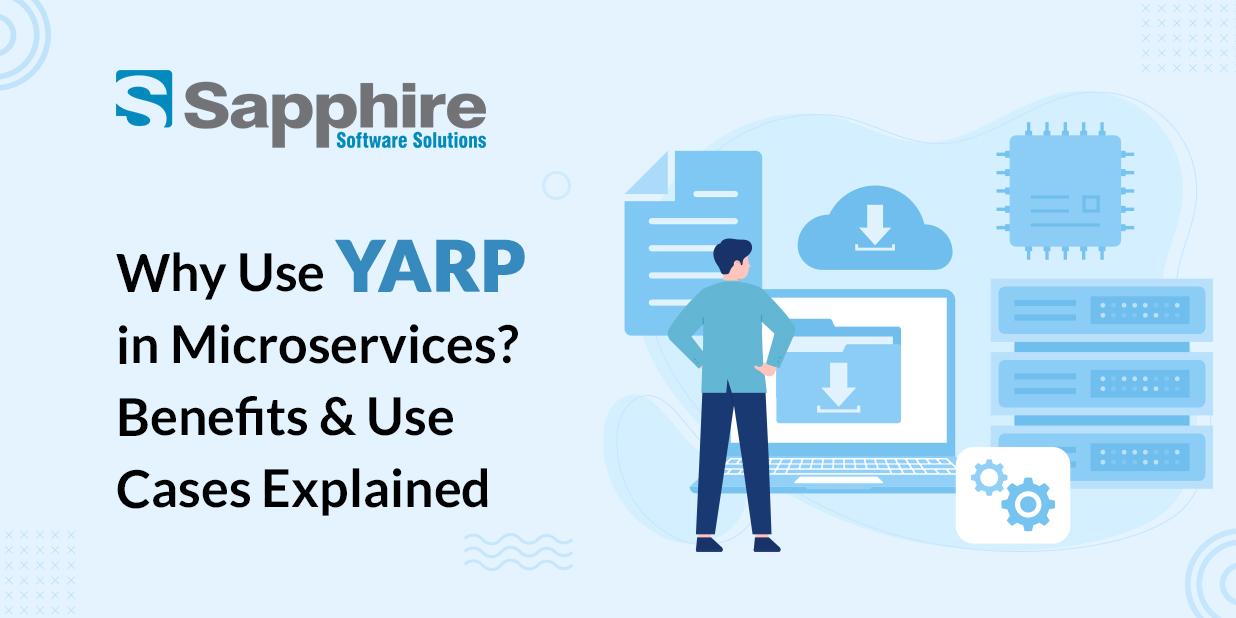What is T3 Stack?
In today’s fast-evolving development landscape, the T3 Stack stands out as a game-changing methodology for constructing durable, expandable, and sustainable applications. But what exactly constitutes the T3 Stack?
The T3 Stack represents a cutting-edge web development stack prioritizing developer satisfaction, type security, and exceptional performance. Its foundation incorporates TypeScript, Tailwind CSS, tRPC, Prisma, and Next.js. Every element within the T3 Stack has been carefully selected to enhance strong typing capabilities, accelerate development cycles, and streamline client-server interactions.
Examining its core components reveals:
- TypeScript: A robustly typed JavaScript extension that identifies errors during compilation instead of runtime.
- Tailwind CSS: A utility-focused CSS system enabling swift UI creation without departing from HTML structure.
- tRPC: Facilitates type-secure API construction by distributing types between client and server environments.
- Prisma: A forward-thinking ORM making database interactions straightforward and type-secure.
- Next.js: A React-based framework supporting hybrid rendering approaches, TypeScript integration, intelligent bundling, and additional features.
A remarkable characteristic of the T3 Stack lies in its adaptability. Whether you’re developing comprehensive full-stack solutions or mobile-centric products, the T3 Stack delivers unmatched customization and versatility. This characteristic makes it exceptionally suitable for organizations offering specialized Web Development Services.
Theo Browne’s creation addresses frequent challenges in contemporary web development, including type inconsistencies spanning frontend and backend systems, intricate state administration, and problematic deployment processes. By consolidating these technologies, developers can concentrate on feature implementation rather than tool configuration tasks.
What is the Difference Between T3 Stack and T4 Stack?
Distinguishing between the T3 Stack and T4 stack often perplexes newcomers to modern development ecosystems. However, profound differences exist in both underlying philosophy and practical implementation.
The T3 Stack embraces contemporary best practices wholly. It employs a monorepo organization promoting architectural clarity, concern separation, and type-secure APIs. Conversely, the T4 stack frequently incorporates outdated technologies like PHP or standard JavaScript, potentially lacking modern development patterns characteristic of t3 stack monorepo implementations.
Furthermore, the T3 Stack app advocates strongly typed languages and instruments that simplify debugging and feature expansion. Meanwhile, T4 stacks might emphasize quick prototyping but often sacrifice scalability and maintainability aspects.
Deeper examination uncovers:
Attribute
|
T3 Stack
|
T4 Stack
|
| Type Safety |
- End-to-end TypeScript implementation
|
- Often mixed typing or untyped elements
|
| API Communication |
- tRPC for type-secure endpoints
|
- REST or GraphQL lacking shared types
|
| Database Interaction |
- Prisma with automatic type generation
|
- Various ORM solutions or raw SQL queries
|
| Frontend Styling |
|
|
| Deployment Strategy |
- Optimized for Vercel, Netlify platforms
|
- Conventional hosting solutions
|
| Developer Experience |
- Streamlined with uniform patterns
|
- Varies across implementations
|
| Framework Selection |
|
- Multiple framework options
|
The T3 Stack particularly excels in enterprise contexts prioritizing code quality, maintainability, and scalability factors. Its emphasis on type safety throughout application layers dramatically reduces runtime errors and enhances collaboration among development teams.
For those constructing robust, scalable solutions—particularly those demanding long-term maintainability—the T3 Stack clearly demonstrates superior capabilities.
Getting Started with T3 Stack Setting up Development:-
Establishing a development environment using the T3 Stack proves remarkably uncomplicated. The stack’s modular design and community backing simplify adoption for both beginners and veteran developers.
Step 1: Bootstrap a T3 Stack App:
Begin by initializing a t3 stack app through the Create T3 App CLI:
npx create-t3-app@latest
You may select exactly the components required—whether Tailwind, Prisma, or tRPC functionalities.
During initialization, you’ll address several configuration questions customizing your application:
- Project naming conventions
- UI framework preferences (Tailwind CSS recommended)
- TypeScript strictness configuration
- Authentication provider selection (if applicable)
- Database integration options via Prisma
- API layer implementation with tRPC
Upon completion, the CLI generates a fully operational starter project with all selected technologies properly configured and integrated seamlessly.
Step 2: Understand the T3 Stack Monorepo Structure:
A principal advantage of the t3 stack monorepo arrangement lies in organizational efficiency. Management of frontend, backend, and shared logic within a unified codebase simplifies dependency administration and CI/CD workflows.
A representative t3 stack monorepo structure might appear as:
├── apps/
│ ├── web/ # Next.js frontend implementation
│ ├── mobile/ # React Native application (optional)
│ └── api/ # Backend API service layer
├── packages/
│ ├── config/ # Shared configuration assets
│ ├── tsconfig/ # TypeScript configuration files
│ ├── ui/ # Shared UI component library
│ └── db/ # Database schema definitions and utilities
├── tooling/ # Development toolsets and scripts
└── package.json
This arrangement facilitates code sharing while preserving clear boundaries between application components. Teams can develop separate application modules while leveraging common packages and tools.
Step 3: Integrate VS Code Extensions and Prettier:
TypeScript, ESLint, and Prettier serve as essential companions throughout development. They enforce coding standards, enhance readability, and identify errors early—critical for effective t3 stack testing implementation.
Suggested VS Code extensions enhancing T3 Stack development include:
- ESLint: Enforcing code quality guidelines
- Prettier: Maintaining consistent formatting standards
- Tailwind CSS IntelliSense: Providing CSS class autocompletion
- Prisma: Supporting schema file management
- GitLens: Enhancing Git integration capabilities
- Error Lens: Displaying inline error feedback
Create a .vscode/extensions.json file recommending these extensions to team members:
{
“recommendations”: [
“dbaeumer.vscode-eslint”,
“esbenp.prettier-vscode”,
“bradlc.vscode-tailwindcss”,
“prisma.prisma”,
“eamodio.gitlens”,
“usernamehw.errorlens”
]
}
Upon completing setup, you’ll possess a state-of-the-art development environment supporting efficient collaboration and deployment, ideal for delivering premium Web Development Services.
Google Authentication in T3 Stack:
User authentication represents an essential feature for most applications, and within the T3 Stack, Google Authentication integration proves remarkably straightforward.
Utilizing the next-auth library within your t3 stack nextjs environment enables OAuth provider configuration like Google through minimal code:
import GoogleProvider from ‘next-auth/providers/google’;
providers: [
GoogleProvider({
clientId: process.env.GOOGLE_CLIENT_ID,
clientSecret: process.env.GOOGLE_CLIENT_SECRET,
})
]
The comprehensive authentication process involves multiple coordinated components:
- Configuration: Establishing environment variables storing Google OAuth credentials
- Server-side integration: Configuring NextAuth with appropriate providers
- Database adapters: Connecting authentication systems with Prisma database schemas
- Frontend components: Developing login interfaces and protected routing mechanisms
- tRPC integration: Accessing session information within API routes
A more extensive implementation might resemble:
// pages/api/auth/[…nextauth].ts
import NextAuth from “next-auth”;
import GoogleProvider from “next-auth/providers/google”;
import { PrismaAdapter } from “@next-auth/prisma-adapter”;
import { prisma } from “../../../server/db/client”;
export default NextAuth({
adapter: PrismaAdapter(prisma),
providers: [
GoogleProvider({
clientId: process.env.GOOGLE_CLIENT_ID!,
clientSecret: process.env.GOOGLE_CLIENT_SECRET!,
}),
],
callbacks: {
session({ session, user }) {
if (session.user) {
session.user.id = user.id;
}
return session;
},
},
});
This integration works flawlessly alongside tRPC for session management, facilitating secure and dependable application development. Whether constructing a t3 stack mobile application or desktop interface, Google Authentication within the T3 Stack ensures frictionless login experiences.
Type safety guarantees properly handle authentication contexts throughout your application. For instance, creating protected API routes verifying user sessions before processing requests maintains full type safety:
export const protectedProcedure = t.procedure.use(
t.middleware(async ({ ctx, next }) => {
if (!ctx.session || !ctx.session.user) {
throw new TRPCError({ code: “UNAUTHORIZED” });
}
return next({
ctx: {
…ctx,
session: { …ctx.session, user: ctx.session.user },
},
});
})
);
This effortless integration makes the T3 Stack a compelling solution for any React Native Development Company aiming to deliver expedient, secure, and scalable authentication mechanisms.
Benefits of Using T3 Stack for Cross-Platform React Native Apps:
As mobile applications grow increasingly sophisticated, businesses seek methodologies reducing costs and time-to-market metrics. Enter t3 stack react native, an emerging trend among progressive mobile developers.
Employing tools like Expo while integrating backend components from the T3 Stack enables high-performance mobile application development using shared codebases. This unified logic paradigm proves especially valuable within t3 stack monorepo configurations.
Key Advantages:
- Code Reusability: Sharing models, API types, and validation logic between web and mobile platforms.
- Enhanced Testing: Applying identical t3 stack testing methodologies across platforms.
- Improved Scalability: Maintaining consistency through unified stack implementation becomes crucial during growth phases.
- Developer Expertise Transfer: Web specialists familiar with T3 Stack concepts can contribute effectively to mobile initiatives.
- Single Source of Truth: Database schemas, validation rules, and business logic remain consistently shared.
A practical implementation might utilize project structuring like:
├── apps/
│ ├── next-web/ # Web application via Next.js
│ └── expo-mobile/ # Mobile platform using Expo and React Native
├── packages/
│ ├── api/ # Shared tRPC API definitions
│ ├── db/ # Prisma schema and database utilities
│ ├── validators/ # Zod schemas for validation processes
│ └── config/ # Shared configuration resources
This approach allows defining data models, API contracts, and business logic once while implementing platform-specific UI elements separately. Authentication flows, for example, can utilize identical backend routes while presenting native login experiences across platforms.
When implementing features like real-time updates, offline support, or complex animations, the t3 stack react native integration capabilities. Contemporary libraries like React Query (integrated alongside tRPC) deliver consistent data fetching patterns across platforms while respecting platform-specific behaviors.
A React Native Development Company specializing in React Native Development Services can expertly integrate these tools providing seamless cross-platform experiences. When planning to hire React Native developers, ensure they demonstrate proficiency with the T3 Stack.
How to Leverage Next.js with the T3 Stack for Optimal Server-Side Rendering?
The t3 stack nextjs combination delivers unparalleled synergy. Next.js powers frontend capabilities while deeply integrating with backend tools including tRPC and Prisma.
Key Advantages of SSR with Next.js in T3 Stack:
- Enhanced SEO: Server-rendered content receives superior indexing from search engines.
- Accelerated Load Times: Critical data preloading occurs before page serving.
- Superior User Experience: Content appears instantly, minimizing bounce rates.
- Reduced Client-Side JavaScript: Decreased parsing and execution time requirements.
- Improved Performance Metrics: Enhanced Core Web Vitals and Lighthouse scoring.
Next.js offers various rendering strategies within T3 Stack app implementations:
1. Static Site Generation (SSG): Pre-rendering pages during build processes for instantaneous serving.
export async function getStaticProps() {
const posts = await prisma.post.findMany();
return { props: { posts }, revalidate: 60 };
}
2. Server-Side Rendering (SSR): Generating HTML per request supporting dynamic content.
export async function getServerSideProps(context) {
const user = await prisma.user.findUnique({
where: { id: context.params.id },
});
return { props: { user } };
}
3. Incremental Static Regeneration (ISR): Updating static pages post-deployment.
export async function getStaticProps() {
// Revalidation every 60 seconds
return { props: { … }, revalidate: 60 };
}
4. Client-Side Rendering with tRPC: Supporting highly interactive components.
const { data, isLoading } = trpc.posts.getAll.useQuery();
Combined with TypeScript’s robust support and tRPC’s API contracts, this creates an ecosystem where frontend and backend systems communicate seamlessly. This represents the distinctive capability of T3 Stack app implementations utilizing t3 stack nextjs.
Sophisticated implementations might employ hybrid approaches: rendering critical above-the-fold content via SSR while loading less important sections dynamically. This strategy, alongside proper code splitting and lazy loading techniques, guarantees optimal performance across diverse devices and network conditions.
For organizations prioritizing performance and maintainability factors, SSR within the T3 Stack represents an obvious selection. It constitutes an essential strategy for companies offering contemporary Web Development Services.
How to Ensure Bug-Free Code in Your T3 Stack App with Comprehensive Testing?
Nobody appreciates bugs, particularly your users. Fortunately, the “Discover why the T3 Stack is revolutionizing modern web development services with its speed, scalability, and seamless integration—perfect for building robust, future-ready web apps. T3 Stack ecosystem supports thorough and efficient testing methodologies.
Leading Tools for T3 Stack Testing:
- Jest: Excellent for unit and integration testing scenarios.
- Cypress: Ideal for comprehensive end-to-end testing requirements.
- Testing Library: Perfect for React component evaluation.
- Playwright: Supporting browser testing with cross-browser compatibility.
- MSW (Mock Service Worker): Facilitating API response mocking during tests.
Employing these tools within a t3 stack monorepo configuration enables test-driven development (TDD) enforcement across frontend and backend systems. This consistency produces fewer bugs while enhancing developer productivity.
A comprehensive testing strategy for T3 Stack applications should incorporate:
1. Unit Tests: Examining individual functions and components in isolation.
describe(‘calculateTotal’, () => {
it(‘correctly calculates total with tax’, () => {
expect(calculateTotal(100, 0.1)).toBe(110);
});
});
2. Integration Tests: Evaluating component interactions.
test(‘user form submission adds user to table’, async () => {
render(<UserManagement />);
await userEvent.type(screen.getByLabelText(‘Name’), ‘John Doe’);
await userEvent.click(screen.getByText(‘Submit’));
expect(await screen.findByText(‘John Doe’)).toBeInTheDocument();
});
3. API Tests: Validating tRPC endpoint functionality.
describe(‘user.create’, () => {
it(‘creates a user with valid data’, async () => {
const caller = appRouter.createCaller({ session: mockAdminSession });
const result = await caller.user.create({ name: ‘John Doe’ });
expect(result.id).toBeDefined();
});
});
4. End-to-End Tests: Verifying complete user journey flows.
describe(‘Authentication flow’, () => {
it(‘allows users to sign in’, () => {
cy.visit(‘/login’);
cy.findByLabelText(‘Email’).type(‘[email protected]‘);
cy.findByLabelText(‘Password’).type(‘password’);
cy.findByText(‘Sign In’).click();
cy.url().should(‘include’, ‘/dashboard’);
});
});
Moreover, when developing t3 stack mobile applications, end-to-end tests can be executed on simulators and physical devices using Detox. This ensures consistent user experiences across platforms.
describe(‘Login flow’, () => {
it(‘should login successfully’, async () => {
await element(by.id(’email’)).typeText(‘[email protected]‘);
await element(by.id(‘password’)).typeText(‘password’);
await element(by.text(‘Login’)).tap();
await expect(element(by.text(‘Welcome’))).toBeVisible();
});
});
CI/CD integration proves critical for maintaining code quality standards. Configuring GitHub Actions or similar tools to execute tests on every pull request ensures only thoroughly tested code reaches production:
# .github/workflows/test.yml
name: Run Tests
on: [push, pull_request]
jobs:
test:
runs-on: ubuntu-latest
steps:
– uses: actions/checkout@v3
– uses: actions/setup-node@v3
with:
node-version: 18
– run: npm ci
– run: npm test
– run: npm run test:e2e
Comprehensive t3 stack testing represents not merely a luxury but an essential requirement for high-quality application development. Whether operating in-house or outsourcing to a React Native Development Company, emphasizing testing ensures trouble-free launches.
Why Partnering with a React Native Development Company for T3 Stack Projects?
Constructing full-scale products using the T3 Stack demands expertise across multiple domains—from TypeScript to Prisma to server-side rendering with t3 stack nextjs. This scenario highlights where professional React Native Development Company partnerships deliver significant value.
Why Partnership Matters:
- Comprehensive Expertise: Covering authentication, database modeling, deployment, and CI/CD processes completely.
- Cross-Platform Capabilities: Many firms offer specialized React Native Development Services, enabling unified development spanning web and mobile platforms.
- Scalability Assurance: Robust technical foundations ensure your t3 stack app scales effortlessly.
- Flexible Team Arrangements: Whether building from scratch or enhancing existing features, you can efficiently hire React Native developers possessing relevant T3 experience.
- Specialized Knowledge Base: T3 Stack specialists maintain deep understanding of TypeScript generics, advanced Prisma features, and tRPC optimization techniques.
- Performance Enhancement: Professional teams implement sophisticated caching strategies, code splitting methodologies, and bundle optimization techniques.
When evaluating potential collaboration partners, prioritize these characteristics:
- Proven Experience: Previous engagement with comparable T3 Stack initiatives
- Team Composition Quality: Developers specializing in specific technologies within the stack
- Development Methodology: Agile processes incorporating regular demonstrations and feedback mechanisms
- Quality Assurance Practices: Comprehensive testing strategies and toolsets
- Post-Launch Support Options: Maintenance planning and performance monitoring capabilities
Partnership models can be customized according to specific requirements:
- Complete Project Development: Outsourcing entire projects from concept through deployment
- Staff Augmentation Approach: Incorporating T3 Stack specialists within existing teams
- Technical Consultation Services: Obtaining architecture guidance and best practice recommendations
- Training and Knowledge Transfer: Upgrading internal team capabilities regarding T3 Stack technologies
Professional development partners additionally help navigate common challenges including:
- Establishing proper authentication workflows supporting multiple providers
- Implementing real-time functionalities through WebSockets or subscription mechanisms
- Optimizing database queries and modeling complex relationship structures
- Ensuring accessibility compliance across various platforms
- Creating deployment pipelines supporting continuous delivery models
Selecting appropriate development partners helps avoid common pitfalls while accelerating market-entry strategies. When you hire React Native developers familiar with the T3 Stack, you establish foundations for technical success.
Empower Web Projects with T3 Stack Excellence to Modernize Your Development Workflow
Achieve Faster, Safer Solutions with us!
Final Thoughts:
In today’s digital landscape driven by continuous innovation, the T3 Stack provides a solid foundation for building expandable, maintainable, high-performing applications. Whether developing web portals or t3 stack mobile applications, this contemporary stack addresses comprehensive needs.
Through integration of technologies like Next.js, Prisma, and tRPC, the T3 Stack fosters improved development workflows and robust codebases. From authentication through deployment, from t3 stack testing to cross-platform compatibility—the stack delivers complete support.
Looking forward, the T3 Stack remains well-positioned for emerging trends:
- AI Integration Capabilities: The stack’s type-safe nature perfectly suits TypeScript-based AI framework integration
- Edge Computing Readiness: Next.js edge functions operate seamlessly within T3 architecture
- Web3/Blockchain Adaptability: Type-safe contracts and integrations demonstrate greater reliability
- Microservice Compatibility: The monorepo approach facilitates gradual microservice migration
The T3 Stack continuously evolves alongside the broader JavaScript ecosystem. Each component receives active maintenance and regular updates, ensuring applications benefit from latest improvements in performance, security, and developer experience domains.
For organizations considering technology selections for upcoming projects, the T3 Stack represents not merely a technology collection but a philosophy for building applications emphasizing maintainability, scalability, and development satisfaction.
If your business seeks digital product enhancement, avoid outdated technological approaches. Consider the T3 Stack and collaborate with professional React Native Development Company partners to maximize project potential.
Whether seeking specialized React Native Development Services or looking to hire React Native developers, alignment with T3 philosophy ensures building for future success.

















